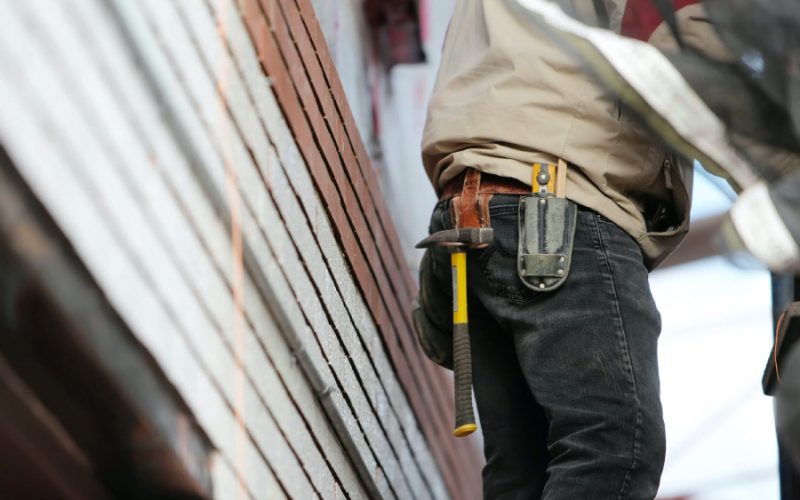Introduction:
Facilities management plays a critical role in ensuring the smooth operation and longevity of buildings and infrastructure. One of the key pillars of effective facilities management is preventive maintenance. This proactive approach to maintenance involves regular inspections, scheduled upkeep, and timely repairs to prevent potential issues from escalating. In this article, we will delve into the importance of preventive maintenance for facilities management companies and explore how it benefits organizations in terms of cost savings, operational efficiency, and asset preservation.
Cost Savings:
Preventive maintenance helps organizations save money in the long run. By identifying and addressing minor maintenance issues before they develop into major problems, facility managers can prevent costly breakdowns and repairs. Regularly servicing equipment, such as HVAC systems, electrical panels, and plumbing fixtures, ensures their optimal performance, reduces energy consumption, and extends their lifespan. Moreover, preventive maintenance reduces the likelihood of sudden equipment failures, minimizing production downtime and associated financial losses.
Enhanced Operational Efficiency:
Facilities that undergo regular preventive maintenance exhibit higher levels of operational efficiency. By proactively addressing maintenance needs, facility managers can optimize the performance of equipment, machinery, and systems. Well-maintained assets operate more reliably, reducing the occurrence of unplanned disruptions that can hinder productivity. Additionally, preventive maintenance helps identify potential bottlenecks or inefficiencies in processes, allowing for timely adjustments and improvements.
Asset Preservation:
Facilities represent significant investments for organizations. Implementing preventive maintenance practices helps protect these assets and ensures their longevity. By conducting routine inspections and servicing, facility managers can detect and address issues early on, preventing further deterioration and damage. Regular cleaning, lubrication, and calibration of equipment also contribute to their optimal functioning and prevent premature wear and tear. Proper asset preservation through preventive maintenance safeguards organizations’ investments and avoids the need for premature replacements.
Safety and Compliance:
Maintaining a safe working environment is a top priority for facility managers. Preventive maintenance plays a crucial role in identifying and rectifying potential safety hazards. Regular inspections of fire suppression systems, emergency exits, electrical wiring, and other critical safety components help ensure compliance with safety regulations. By addressing issues promptly, facility managers reduce the risk of accidents, injuries, and potential legal liabilities.
Extended Equipment Lifespan:
Equipment breakdowns can be costly and disruptive. However, through preventive maintenance, facility managers can significantly extend the lifespan of equipment. Regular inspections and servicing help identify and resolve minor issues that could lead to major failures if left unattended. Lubricating moving parts, replacing worn-out components, and adhering to manufacturer-recommended maintenance schedules all contribute to the longevity of equipment. Prolonging the lifespan of assets through preventive maintenance reduces the need for frequent replacements, saving organizations significant costs.
Improved Energy Efficiency:
Energy efficiency is a pressing concern for organizations seeking to reduce their environmental footprint and lower operating costs. Preventive maintenance plays a crucial role in optimizing energy efficiency. Regular maintenance of HVAC systems, lighting fixtures, insulation, and energy controls ensures their proper functioning and maximizes energy savings. Facility managers can also identify opportunities for equipment upgrades or retrofits to further enhance energy efficiency.
Proactive Planning and Budgeting:
Implementing preventive maintenance allows facility managers to plan and budget effectively. By conducting regular inspections and assessments, managers can anticipate future maintenance needs, prioritize projects, and allocate resources accordingly. Proactive planning ensures that maintenance activities are scheduled at convenient times, minimizing disruptions to operations. Moreover, budgeting for preventive maintenance reduces the likelihood of unexpected expenses associated with emergency repairs or equipment replacements.
Documented Compliance and Audits:
Organizations may be subject to compliance requirements or audits related to facility maintenance. Preventive maintenance practices provide documented evidence of regular upkeep, inspections, and repairs, aiding in compliance with regulations and industry standards. The availability of comprehensive maintenance records simplifies the audit process and demonstrates the organization’s commitment to maintaining its facilities to the highest standards.
Conclusion:
Preventive maintenance is a cornerstone of effective facilities management. By adopting a proactive approach to maintenance, organizations can benefit from significant cost savings, enhanced operational efficiency, asset preservation, improved safety and compliance, extended equipment lifespan, improved energy efficiency, proactive planning and budgeting, and documented compliance and audits. Investing in preventive maintenance not only ensures the longevity and optimal performance of facilities but also contributes to the overall success and sustainability of organizations.

